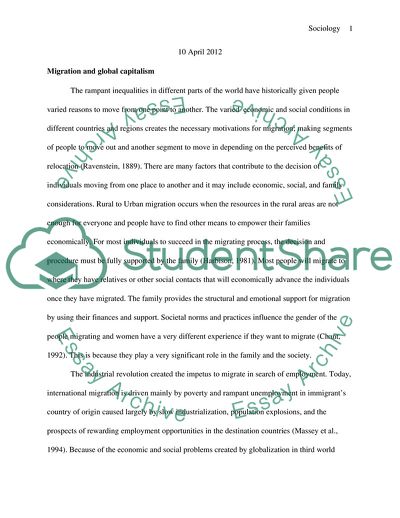Cite this document
(The Evolution of Global Capitalism and Processes of Migration Essay, n.d.)
The Evolution of Global Capitalism and Processes of Migration Essay. https://studentshare.org/sociology/1770733-how-does-the-evolution-of-global-capitalism-shape-patterns-and-processes-of-migration-how-does-migration-in-turn-shape-and-intersect-with-the-forces-at-work-in-the-global-economy1
The Evolution of Global Capitalism and Processes of Migration Essay. https://studentshare.org/sociology/1770733-how-does-the-evolution-of-global-capitalism-shape-patterns-and-processes-of-migration-how-does-migration-in-turn-shape-and-intersect-with-the-forces-at-work-in-the-global-economy1
(The Evolution of Global Capitalism and Processes of Migration Essay)
The Evolution of Global Capitalism and Processes of Migration Essay. https://studentshare.org/sociology/1770733-how-does-the-evolution-of-global-capitalism-shape-patterns-and-processes-of-migration-how-does-migration-in-turn-shape-and-intersect-with-the-forces-at-work-in-the-global-economy1.
The Evolution of Global Capitalism and Processes of Migration Essay. https://studentshare.org/sociology/1770733-how-does-the-evolution-of-global-capitalism-shape-patterns-and-processes-of-migration-how-does-migration-in-turn-shape-and-intersect-with-the-forces-at-work-in-the-global-economy1.
“The Evolution of Global Capitalism and Processes of Migration Essay”. https://studentshare.org/sociology/1770733-how-does-the-evolution-of-global-capitalism-shape-patterns-and-processes-of-migration-how-does-migration-in-turn-shape-and-intersect-with-the-forces-at-work-in-the-global-economy1.


